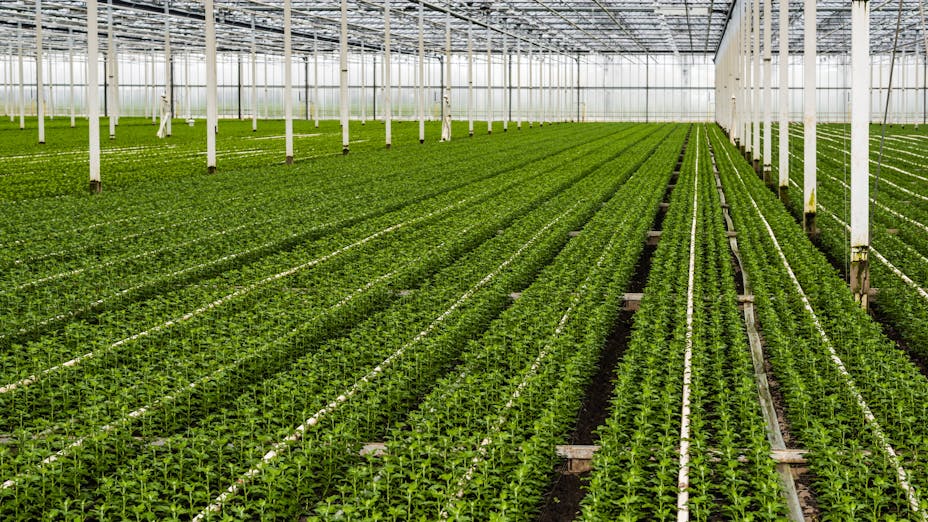We’ve always been told not to waste water, but do you know just how precious of a resource water is?
By 2025, an estimated 1.8 billion people will live in areas plagued by water scarcity. That number is expected to double by 2030, accounting for nearly half of the world’s population1.
Water scarcity today
However, water scarcity is not simply a problem for the future. For many people, the struggle is already here. In fact, around 1.2 billion people (approximately one-fifth of the world's population), live in areas of physical water scarcity, and 500 million people are approaching this situation. Meanwhile, 1.6 billion people (almost one quarter of the world's population) face an economic shortage, where countries lack the necessary infrastructure to obtain water from rivers and groundwater2.
Given that more than two thirds of the world’s population will live in cities by 2050, along with the rising threat of climate change and pollution, the demand for water will only continue to increase.
Water usage in agriculture
A significant amount of water also goes into growing crops. In addition, 50% more food will be needed for the world and its growing population by 20503. This places considerable strain on modern living, prompting a solution where we can feed more people while finding ways to reduce water use in agriculture.
“If we already use over 70 percent of freshwater for agriculture and we face huge increases in demand for water-intensive meat, and don’t forget those extra demands for water for energy or water stress from climate change, how do we do it?” asks Dominic Waughray, head of the Environment and Natural Resource Security System Initiative at the World Economic Forum4.





